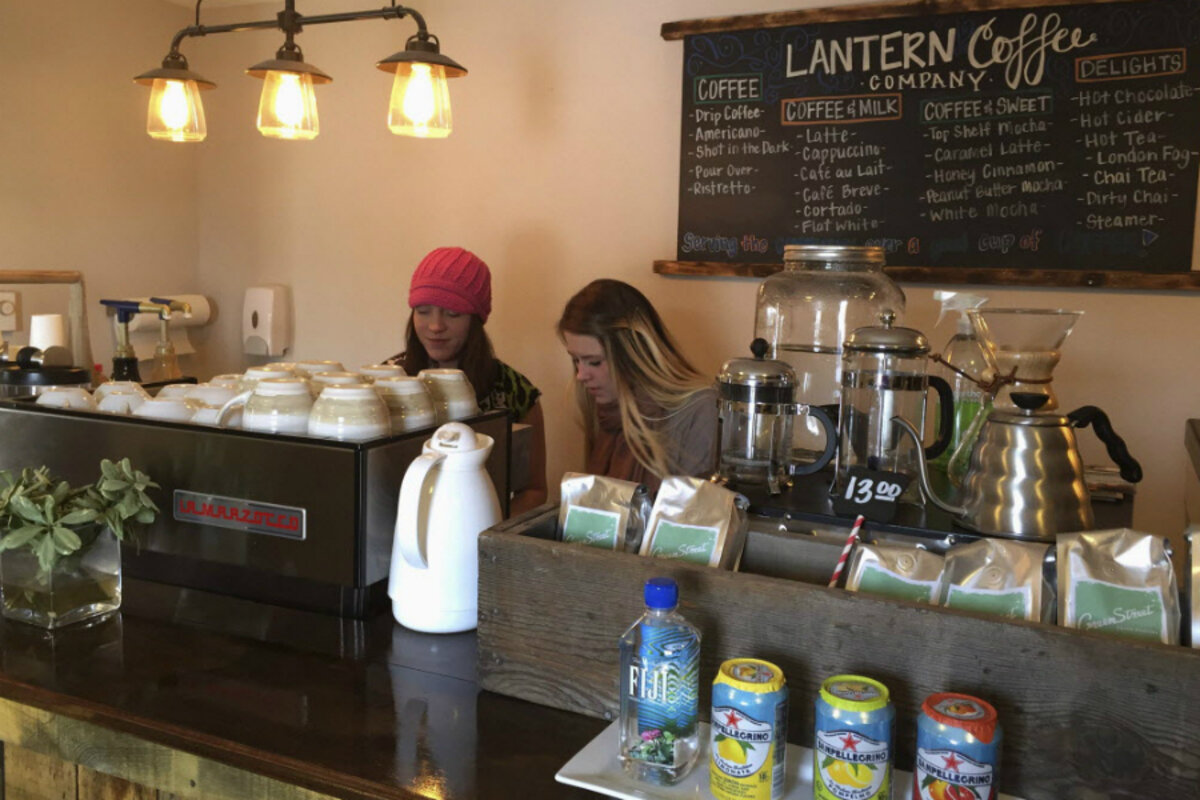Hot job markets: why some states don't make the list
Loading...
| Washington
North Dakota topped the list of states with good job-creation climates for 2014, according to .
Texas was not far behind, but it wasn’t just energy-rich states leading the pack: Utah and heartland states, including Michigan, were also in the mix – a sign of how last year saw wide gains in employment across the United States.
The jobs recovery remains uneven, though, judging by both the Gallup poll of workers and official Labor Department figures. Some states are way behind the leaders, which makes for an interesting, simple question: Why?
“Connecticut and Rhode Island tie for compiling the worst collective job creation scores since 2008,” Gallup’s Lydia Saad wrote, in releasing the data. These “are the only states to have ranked in the bottom 10 each year [since then].”
Other states that join Connecticut and Rhode Island near the bottom in Gallup’s survey and some of the Labor Department's measures are Mississippi, West Virginia, and New Mexico.
Taken together, these five states don’t fit an obvious pattern. They’re not in the same region or reliant on a single struggling industry.
Two general factors may be significant for these states: how education and a good overall climate for business contribute to economic health. States may be able to move ahead for a time while lacking one of those things (Texas has an energy-industry bounty but ranks poorly on educational attainment), but a shortfall in such areas, over time, can bite.
Mississippi, West Virginia, New Mexico, and Rhode Island are near the bottom of the list for educational attainment, measured by the US Census-tracked share of high school graduates. Connecticut is in OK shape, judging by its position near the middle of states.
On business climate, that can be a fuzzy phrase, subject to varying interpretations. Does it mean having low taxes and streamlined regulations? Those can be helpful, but it’s also good to have unclogged highways and good access to markets by air, sea, and rail.
puts Connecticut at No. 36, citing a cost of doing business that’s 14 percent above the national average, and energy costs that are 72 percent above average.
Also, Connecticut’s grasp on insurance industry jobs has been weakened as places like Iowa compete.
Other critics of the state’s economy point to high taxes and wide inequalities of income and wealth.
Even lower on the Forbes ranking – all among the bottom five, alongside Maine – were Mississippi, West Virginia, New Mexico, and Rhode Island.
The Forbes ranking was based on other reports that ranked the states according to costs of doing business, regulatory climate, growth prospects, and quality of life.
The Gallup survey, for its part, asked current workers in each state to say whether they thought their employer is hiring, cutting back on staff, or neither.
North Dakota’s top score may not be repeated in 2015, because of the way a dive in oil prices is affecting energy development there.
Even though Connecticut landed at the bottom of Gallup’s ranking, it had a positive net score – an indicator of the wider momentum of the US economy.
The Gallup survey generally parallels Labor Department data on job creation. North Dakota, Texas, and Utah are all among the leaders in government-tracked job growth over the 24 months that ended in the middle of 2014 (the most recent quarterly data available on employer payrolls in the states).
The laggards in Gallup’s survey are also near the bottom of the pack in the Labor Department data. West Virginia, for example, comes in last in the Labor tally.




